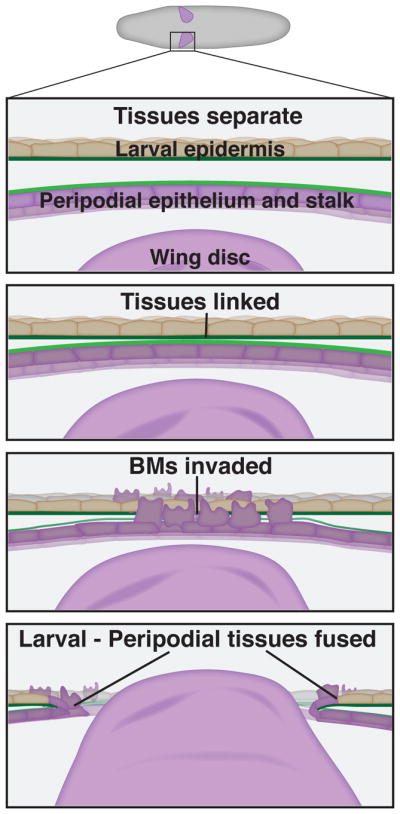Fig. 2. A BM-BM association during Drosophila imaginal disc eversion.

From top to bottom: A schematic diagram of a Drosophila larva indicates the position of the wing imaginal disc. Initially, the peripodial epithelia and stalk cells and the larval epithelial are not in contact with one another. Just prior to eversion the two tissues connect, linking through their BMs. The peripodial epithelial cells and stalk cells undergo a pseudo-epithelial-mesenchymal transition and the BMs are invaded in a JNK and matrix metalloproteinase dependent manner. After the BMs are cleared, the peripodial and stalk cells fuse with the larval epidermis, creating a hole that allows the wing disc to evert.
